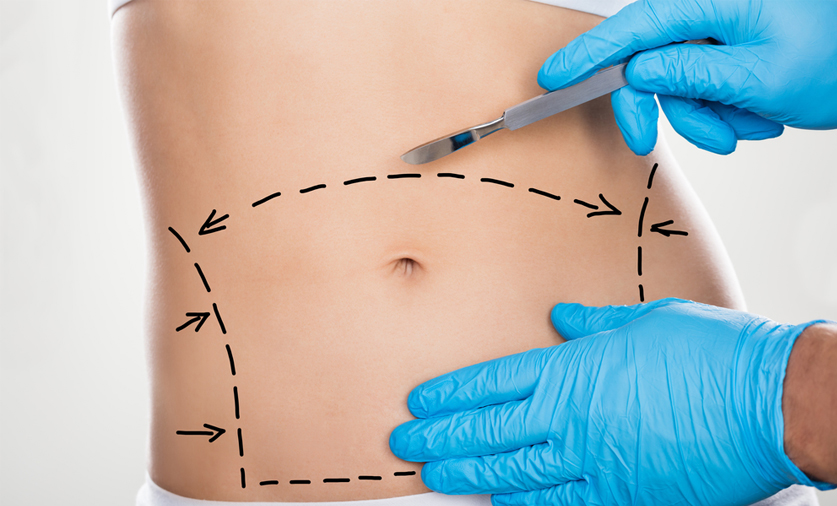Abdominoplasty is a surgical procedure which has the sole aim of tucking in the excess fat in a person’s tummy. Of all the cosmetic surgeries in the United States, it is a very popular type of body plastic surgery. It however has a slightly complex nature. A tummy tuck procedure in NYC may involve the need of longer incisions, the implication or suturing of abdominal muscles, the removal of fat and skin, liposuction, and more. If you are considering this procedure, here’s what you should do after completing the surgery, during the recovery period.
What Does the Surgery Do?
The surgery removes the excess fat and skin around the stomach. The surgery flattens and tightens the abdomen, rejuvenating weakened and/or separated abdominal muscles. This operation will refine the contours of the stomach where exercise and diet fail. One of the major problems with the patients is that when they get over weight, they automatically think having a tummy tuck is the next step.
Tips for Tummy Tuck Recovery
- Make arrangements for a helping hand: For those that intend to undergo the surgical process of a tummy tuck, having extra pairs of hands to help is an immeasurable advantage. With a good support network, post surgery would be easier.
- Follow the advice of your plastic surgeon: To have a flat and smooth tummy, you do not want to be one of those patients that are quick to disregard their surgeon’s advice. Your surgeon’s advice should be held in high esteem, if you do not, then the risk of complications become significantly higher. Occasionally, these patients tend to engage themselves in activities that would slow down the process of their recovery, sometimes they bail out of doctor’s appointment. Doctors usually make post-operative instructions for a reason to protect their patients and help ensure they heal well and have a good cosmetic outcome.
- Make sure your nutrition is top notch: Excess weight is not a product of over eating, it is actually a problem of malnourishment. This means that the capacity of overweight patients to heal as fast as other people is very poor. Research has it that fifty percent of the patients would form seroma (a pocket of serous fluid that develops after surgery) when they do not stabilize nutritionally. A healthy diet helps the patient heal faster. It is advised that foods with gas and excess salt should be avoided. The patient should take in lots of food rich in vitamin C and make sure to stay hydrated.
- Make sure to move your body, just not too much: The doctors recommend that after surgery, you begin walking. This reduces the chances of running the risk of blood clot formation. It also keeps the body from being stiff, keeps the tissues relaxed and will also speed the resolution of swelling. While moving is good, try not to move too much, too early. Sleep often to allow your body get enough rest, do not do heavy lifting and let the healing process run its full course.
- Stop smoking: The surgical process involves the cutting down of many blood vessels, smoking can cause wound healing to be complicated in some parts of the abdomen. The patient should quit smoking for at least four to six weeks after the surgery so as not to cause any permanent damage.
